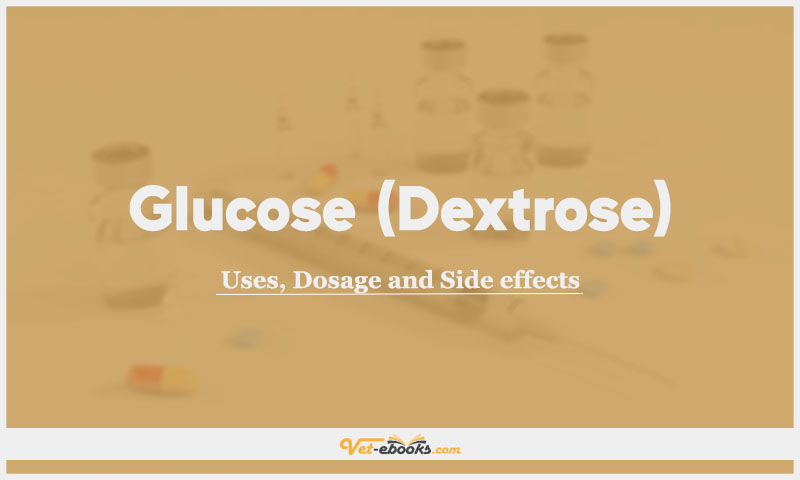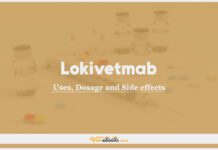Glucose (Dextrose) In Dogs and Cats: Uses, Dosage and Side Effects

Overview
- Source of energy for cellular metabolism.
- Osmotic agent.
Uses of Glucose (Dextrose)
- Dilute glucose solutions are used for fluid replacement (primarily where intracellular and interstitial losses have occurred).
- Concentrated glucose solutions are used parenterally as an energy source or in the treatment of hypoglycaemia.
Dose of Glucose (Dextrose) in Dogs and Cats
Dogs:
- Fluid therapy: fluid requirements depend upon the degree of dehydration and ongoing losses.
- Parenteral nutrition: the amount required will be governed by the animal’s physiological status, the parenteral nutrition admixture and its ability to tolerate high blood glucose levels.
Generally, glucose is used to supply 40–60% of the energy requirement. - Hypoglycaemia: 1–5 ml 50% dextrose i.v. slowly over 10 min.
Cats:
- Doses as for dogs for fluid therapy and hypoglycaemia.
- Specific advice regarding nutrient admixtures and the use of concentrated glucose solutions for the provision of energy in cats requiring nutritional support should be sought.
Drug Dosage Calculator
You Should Give:
Side Effects of Glucose (Dextrose) in Dogs and Cats
- 10–50% solutions are irritant and hyperosmolar; administer through a jugular catheter or dilute appropriately.
- Glucose infusions may produce severe hypophosphataemia in some patients
with prolonged starvation. - If glucose loading produces signs of hyperglycaemia, insulin may be added to correct it.
Contraindications of Glucose (Dextrose) in Dogs and Cats
- No information is available.
Some Notes:
- Patients requiring parenteral nutritional support will require mixtures comprising combinations of amino acids, glucose solutions and fat.
- Solutions containing >5% glucose are hypertonic and irritant if administered other than i.v. The 50% solutions contain 1.7 kcal/ml (8.4 kJ/ml) glucose and are extremely hypertonic (2525 mOsm/l).
- Use with caution in patients with insulin resistance and diabetes mellitus.
Tip
Do You Want To Increase Your Veterinary Knowledge and Practical Skills?
You Can Now Browse and Download +3000 Books For Veterinary Professionals & Students Online.
Download Veterinary Books

















